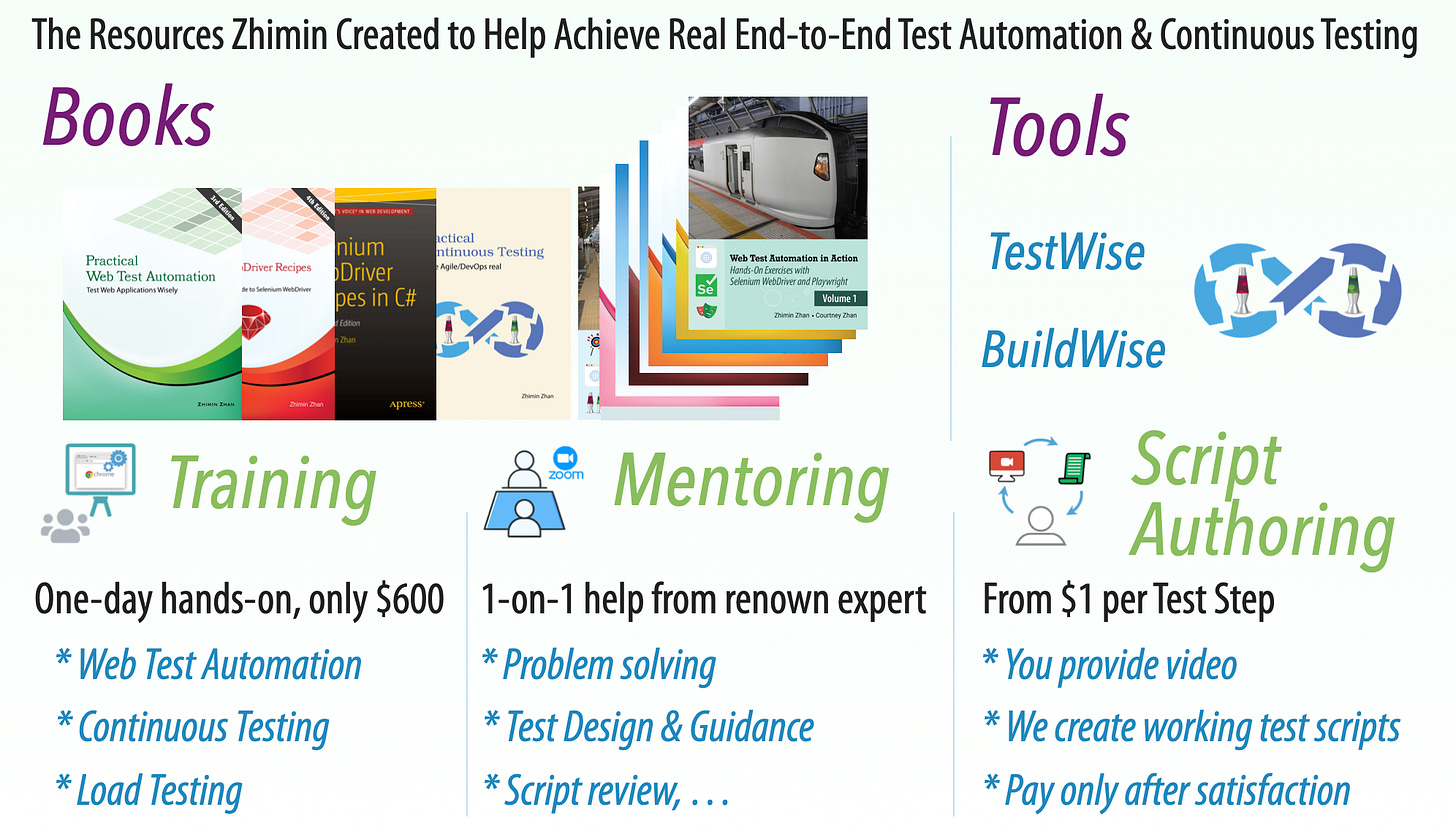Why I Prefer macOS for E2E Test Automation? Part A
MacOS Features Suitable for E2E Test Automation
Part B is now available.
There are three main operating system platforms: Windows, Linux, and macOS. Web test automation — both development and execution — can be done on any of these platforms. Personally, I prefer macOS for both, and in this article, I’ll explain why.
To begin with, I’m quite familiar with all three operating systems. At home, my father primarily used Mac computers, so I had plenty of exposure to macOS. When it came time to choose a laptop for high school, I wanted to try a touchscreen, which was only available on Windows at the time, so I chose a Dell laptop. It served me reasonably well, but it reached the end of its life last month — frequent reboots. When it was about 3 years old, its hard drive failed. My father replaced the drive, which was relatively easy to do — a clear advantage over Macs in terms of repairability.
As for Linux, I’ve mainly used it in server environments rather than as a desktop OS.
Let me return to the context of end-to-end (E2E) test automation and explain why I believe macOS is the better platform.
1. It’s Faster Than Windows
When running E2E tests — especially involving browsers and UI interactions — macOS consistently performs faster and smoother than Windows. Since macOS is optimized for Apple hardware, it delivers better multitasking, handles load more efficiently, and executes tests more quickly.
One noticeable advantage is the speed of browser launching, often the first step in web test automation. On macOS, this process is significantly faster than on Windows.
2. More Reliable Hardware
Apple’s tight integration between hardware and software results in a more stable system. This is critical in automation environments, where compatibility issues, driver conflicts, and hardware failures can disrupt test execution. For continuous testing — especially in CI pipelines — this reliability reduces maintenance overhead and keeps things running smoothly.
3. No Disruptive Windows Updates
Windows is known for its intrusive system updates, which can restart your machine unexpectedly, interrupt test runs, or even corrupt log files. macOS updates are far less disruptive and more predictable, making it easier to maintain uninterrupted test execution.
4. Quieter Operation
Apple’s hardware — especially recent Macs with M1 or M2 chips — runs almost silently, even under heavy load. This is a big plus in shared testing environments or home offices, where constant fan noise from traditional machines can be distracting. When running long or continuous test scenarios, a quiet machine makes a real difference in overall comfort and focus.
5. Energy Efficiency
With Apple Silicon, Macs deliver high performance while consuming significantly less power. For serious end-to-end test automation, a test lab with multiple build machines is often needed to support parallel execution. In such setups, lower energy usage translates directly into reduced electricity costs — an often-overlooked but practical long-term benefit.
6. Potential Cost Savings
My father’s continuous testing lab still runs two Mac Minis from 2012, and also have two iMacs that are over 10 years old. Despite their age, these machines continue to perform reliably for test automation (execution) tasks. This longevity can lead to significant cost savings over time, as there’s less need for frequent hardware replacements.
By the way, the $599 M4 Mac Mini is widely considered the most cost-effective computer in the world. Check out my article, Unboxing and Benchmarking M4 Mac Mini as a Test Automation Engineer.
The above are quite obvious once pointed out. In Part B, I will outline some subtle ones in the context of E2E test automation.






